Understanding ATEX Certification Safety in Hazardous surroundings
In diligence similar as oil painting and gas, mining, chemicals, and medicinals, workers are frequently exposed to dangerous conditions. These surroundings can include explosive feasts, ignitable dust, and high temperatures, which pose significant pitfalls to both labor force and outfit.
To insure safety, certain bias, similar as smartphones and tablets, must meet strict safety norms. One of the most critical instruments is the ATEX instrument, specifically designed to make electronic bias safe for use in explosive surroundings.
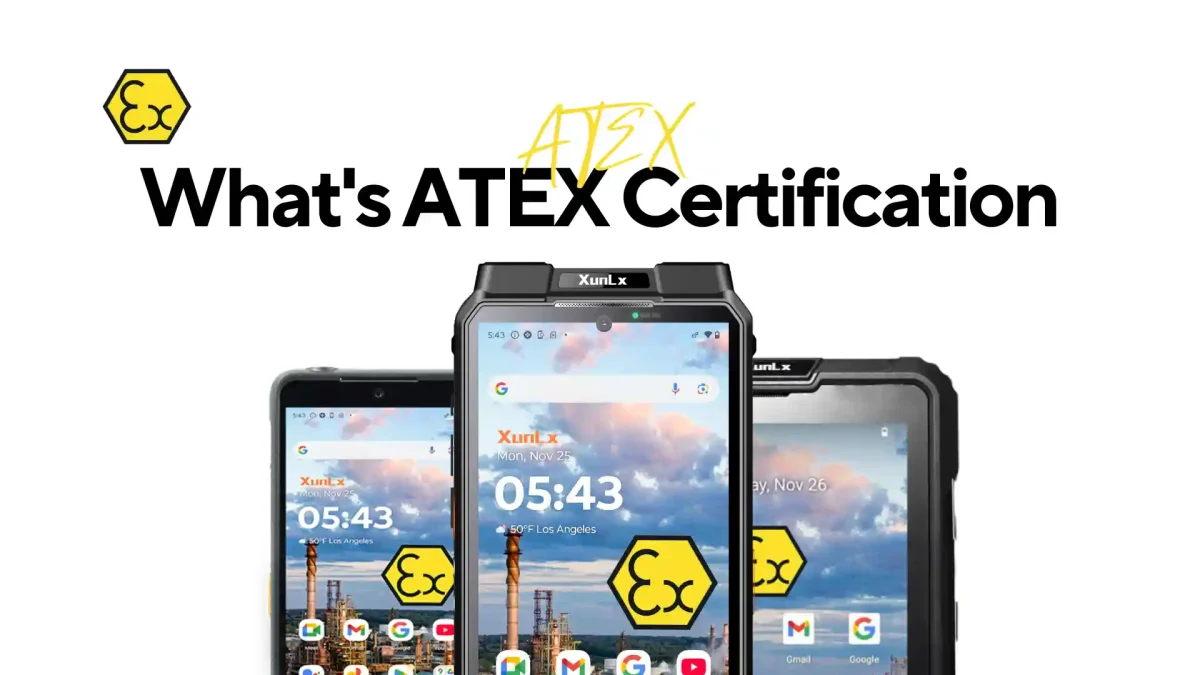
What's ATEX Certification
ATEX stands for” ATmosphères EXplosibles,” meaning” Explosive Atmospheres.” A European Union directive( 94/ 9/ EC) governs outfit and defensive systems used in explosive atmospheres. The ATEX instrument ensures that products are designed and tested to operate safely in surroundings where the threat of explosion is present. This instrument applies to a wide range of outfits, including mobile bias, electrical factors, and ministry.
ATEX Certification
The ATEX instrument consists of two main corridor one for outfit used in explosive gas atmospheres( Group II, Category 1, 2, and 3) and another for outfit used in explosive dust atmospheres( Group III). These orders specify the position of protection needed, depending on the liability of an explosion in the terrain.
For illustration
– II 2G Ex ib IIC T4 Gb This means the device is certified for use in Zone 1 ( where explosive feasts are likely to be present) and is safe to use with IIC feasts( similar to hydrogen and acetylene). The device also complies with the natural safety standard( Ex ib), ensuring that any failure within the device won’t beget an explosion. The maximum face temperature is 135 °C ( T4), icing the device wo n’t heat.
– II 2G Ex ib IIC T4 Gb This indicates that the device is certified for use in Zone 1 ( explosive feasts) and can be used safely with IIC feasts( similar as hydrogen and acetylene). The device complies with the natural safety standard( Ex ib) and has a maximum face temperature of 135 °C ( T4), icing no threat of overheating.
– II 2D Ex ib IIIC T135 °C Db This indicates that the device is certified for use in Zone 1 ( explosive feasts) and Zone 21/22 ( combustive dust). It also complies with natural safety norms( Ex ib), with a maximum face temperature of 135 °C, icing it remains safe in both gas and dust dangerous surroundings.
– II 2D Ex ib IIIC T135 °C Db This means the device is safe for use in Zone 1 ( explosive feasts) and Zone 21/22 ( combustive dust). It meets the natural safety norms( Ex ib) and has a maximum face temperature of 135 °C, making it suitable for both gas and dust dangerous areas.
The importance of ATEX certification
The main advantage of ATEX- certified bias is that they help alleviate the threat of explosions in unpredictable surroundings. In diligence like oil painting refineries , chemical shops , mines , and biogas shops , where unpredictable substances are commonplace, using ATEX- approved outfit is n’t only a matter of safety, but also a legal demand in numerous countries.
ATEX Zones Explained
Zone 0: The presence of explosive feasts is constant or frequent.
Zone 1: Explosive feasts are likely to be present during normal operation.
Zone 2: Explosive feasts are doubtful to be present during normal operation but could be present in abnormal conditions.
Zone 20: Explosive dust is continuously present.
Zone 21: Explosive dust is likely to be present during normal operation.
Zone 22:Explosive dust is doubtful to be present during normal operation but may do in abnormal conditions.
Choosing the Right ATEX Device for Your Assiduity
When opting ATEX- certified bias for your assiduity, it’s essential to choose outfit that meets the specific conditions of your operating terrain. For illustration, in an oil painting refinery, Zone 1 or Zone 2 instruments would be necessary to ensure the safety of workers and outfits. In chemical shops, explosion-proof technology would be pivotal to minimize the threat of accidental ignition.
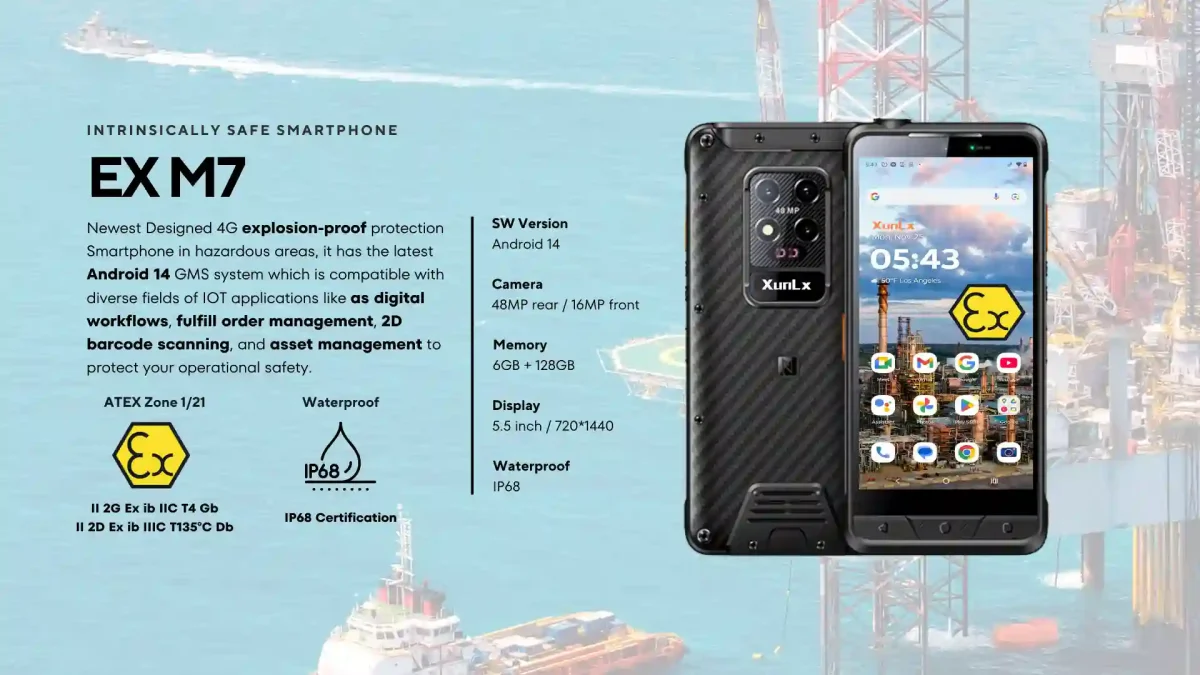
EX M7 Intrinsically Safe Smartphone(Zone 1/21)
The EX M7 is designed for use in ATEX Zone 1/21 environments, where explosive gas and dust atmospheres are present. Its certifications include:
- II 2G Ex ib IIC T4 Gb (for use in gas Zone 1 and Zone 2 environments with intrinsically safe protection)
- II 2D Ex ib IIIC T135°C Db (for use in dust Zone 21 and Zone 22 environments with temperature control)
The EX M7 is built to withstand the most hazardous conditions, ensuring safe operation even during faults, which is essential for industries such as oil and gas, chemicals, and mining.
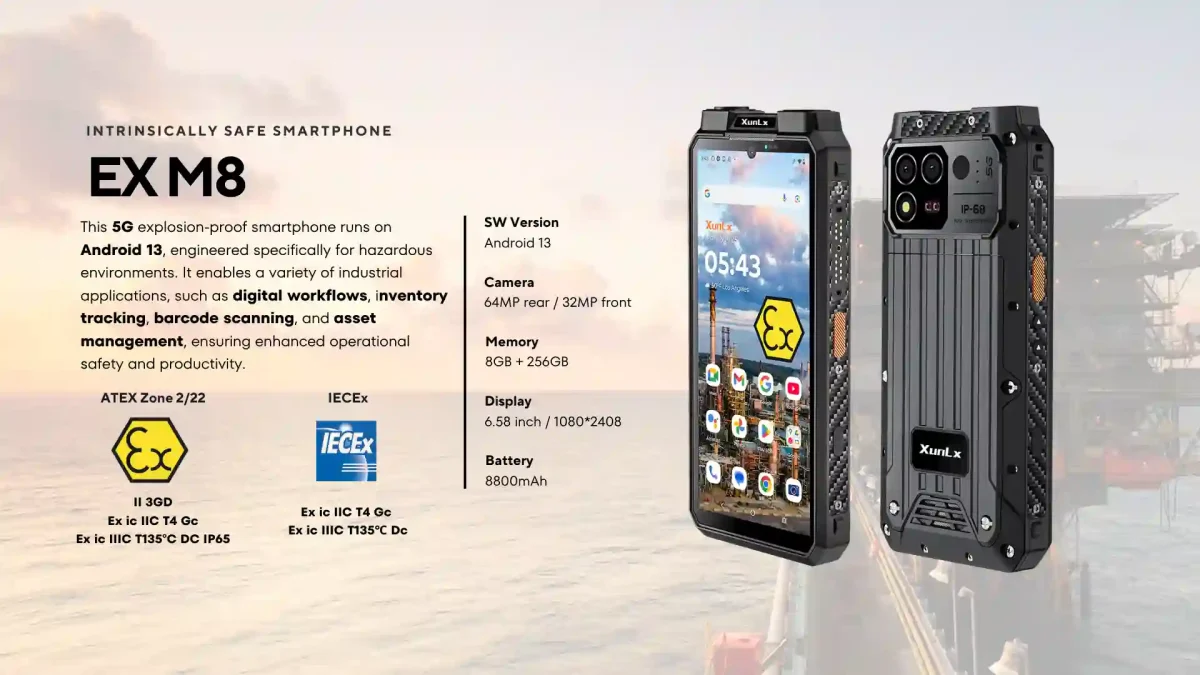
EX M8 Intrinsically Safe Smartphone(Zone 2/22)
The EX M8 is designed for use in ATEX Zone 2/22 environments, where explosive gas or dust atmospheres are unlikely but still possible. Its certifications include:
- II 3GD Ex ic IIC T4 Gc (for use in Zone 2 gas environments with intrinsically safe protection)
- Ex ic IIIC T135°C Dc IP65 (for use in Zone 22 dust environments with protection against water and dust ingress, rated IP65)
The EX M8 is ideal for environments with lower explosive risks, offering essential safety protection without the higher requirements needed in Zone 1. Its IP65 rating ensures that it is resistant to both dust and water ingress, which is important for harsh industrial conditions.
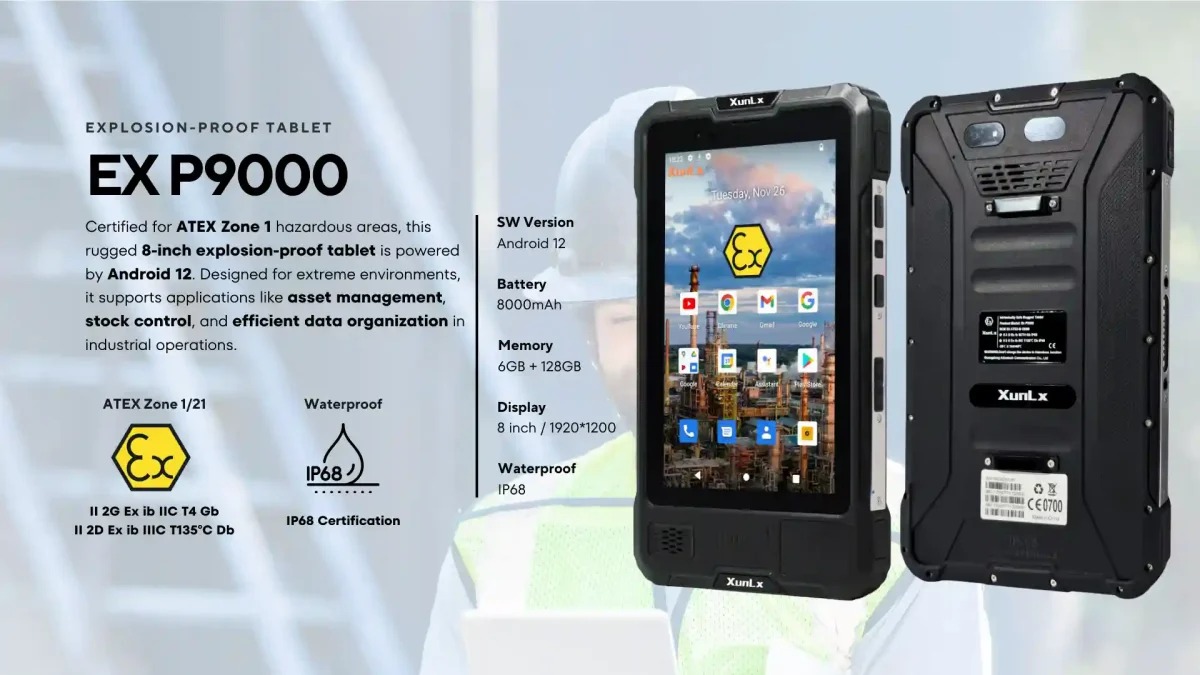
EX P9000 Intrinsically Safe Android ATEX Tablet (Zone 1/21)
The EX P9000 is another device suitable for ATEX Zone 1/21 environments. Its certifications include:
- II 2G Ex ib IIC T4 Gb (for use in Zone 1 and Zone 2 gas environments with intrinsically safe protection)
- II 2D Ex ib IIIC T135°C Db (for use in dust Zone 21 and Zone 22 environments)
The EX P9000 is a rugged and reliable device that ensures safe operation in high-risk environments, making it suitable for industries where explosion risks are a concern.


